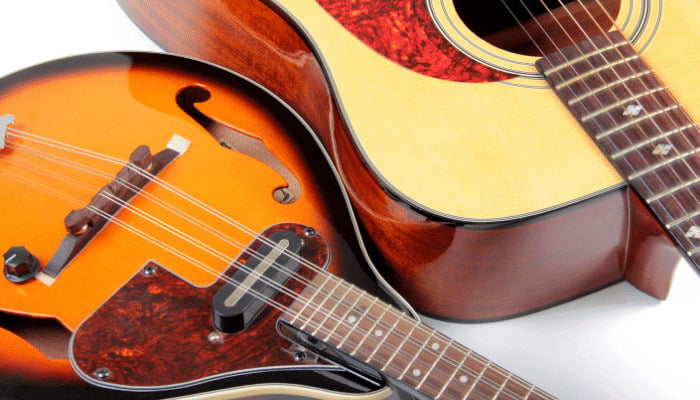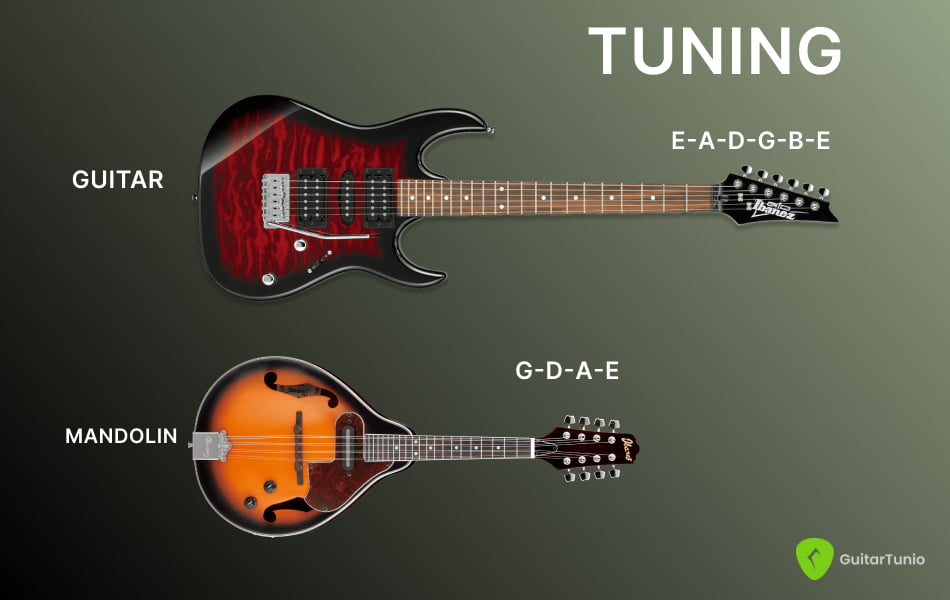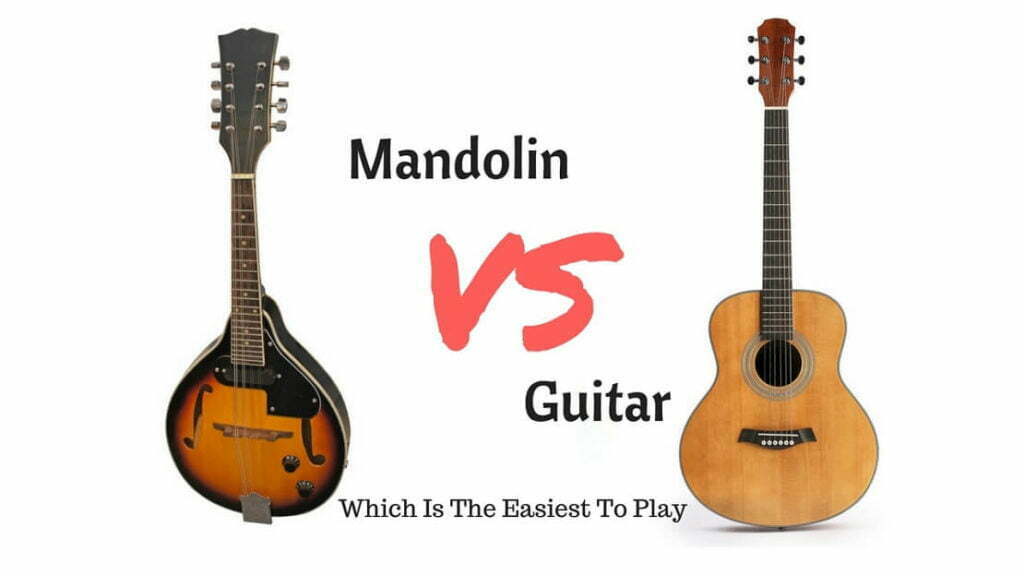Mandolin vs Guitar
When it comes to stringed instruments, the mandolin and the guitar are popular choices for musicians across various genres. Both instruments offer unique characteristics and sonic possibilities, making them appealing to players of all levels. In this article, we will explore the similarities and differences between the mandolin and the guitar, helping you make an informed decision when choosing the right instrument for your musical journey.
The Differences between Mandolin and Guitar
Body and Construction
One of the most apparent differences between the mandolin and the guitar is their body shape and construction. The guitar typically features a larger body with a hollow or semi-hollow design, allowing for greater resonance and volume. On the other hand, the mandolin has a smaller, bowl-shaped body, often with a rounded or teardrop shape, which produces a distinct bright and focused sound.
Number of Strings
The number of strings is another notable difference between the mandolin and the guitar. A standard guitar has six strings, while a mandolin typically has eight strings arranged in pairs called courses. This arrangement contributes to the mandolin's signature sound and allows for unique playing techniques and melodic possibilities.

Tuning
Both the mandolin and the guitar can be tuned in various ways, depending on the musical style and personal preference. The guitar is commonly tuned in standard tuning, with the strings tuned to E-A-D-G-B-E from low to high. In contrast, the mandolin is often tuned to G-D-A-E from low to high, with each pair of strings tuned to the same note.
And don’t forget to download Guitar Tunio to tune your instrument perfectly before playing. The app features a reliable tuner for the Guitar, Mandolin, and many other stringed instruments, a rich chord library, and even more. This app is available on the App Store and Google Play, check it out to explore.

Playing Techniques
While both instruments share some common playing techniques, such as strumming and fingerpicking, they also have distinct techniques that are specific to each instrument. Guitar players often utilize techniques like bending, slides, and palm muting, while mandolin players employ techniques such as tremolo picking, cross-picking, and rapid arpeggios. The mandolin's shorter scale length and double strings also contribute to its unique playing style.
Musical Genres
Guitars are ubiquitous in a wide range of musical genres, including rock, pop, folk, blues, jazz, and more. They offer versatility and adaptability, making them suitable for various playing styles and musical expressions. Mandolins, on the other hand, have strong associations with bluegrass, folk, country, and traditional music. Their distinct sound and unique playing techniques make them particularly well-suited for these genres.
Choosing the Right Instrument for You
When deciding between the mandolin and the guitar, several factors come into play. Consider your musical preferences, the genres you aspire to play, and the sound you want to achieve. If you're drawn to the vibrant, punchy sound of bluegrass and folk music, the mandolin may be the perfect choice. If you're looking for versatility and the ability to explore a wide range of musical styles, the guitar offers more flexibility. Additionally, factors such as budget, physical comfort, and available learning resources should also be taken into account.

Conclusion
The mandolin and the guitar are both incredible instruments with their own unique qualities and playing styles. Understanding the differences between them can help you make an informed decision when choosing the instrument that aligns with your musical goals and preferences. Whether you're captivated by the mandolin's bright sound and intricate playing techniques or the guitar's versatility and widespread musical applications, both instruments offer a world of musical exploration and fulfillment. Ultimately, the choice between two instruments boils down to your personal taste, aspirations, and the kind of musical journey you wish to embark upon.








